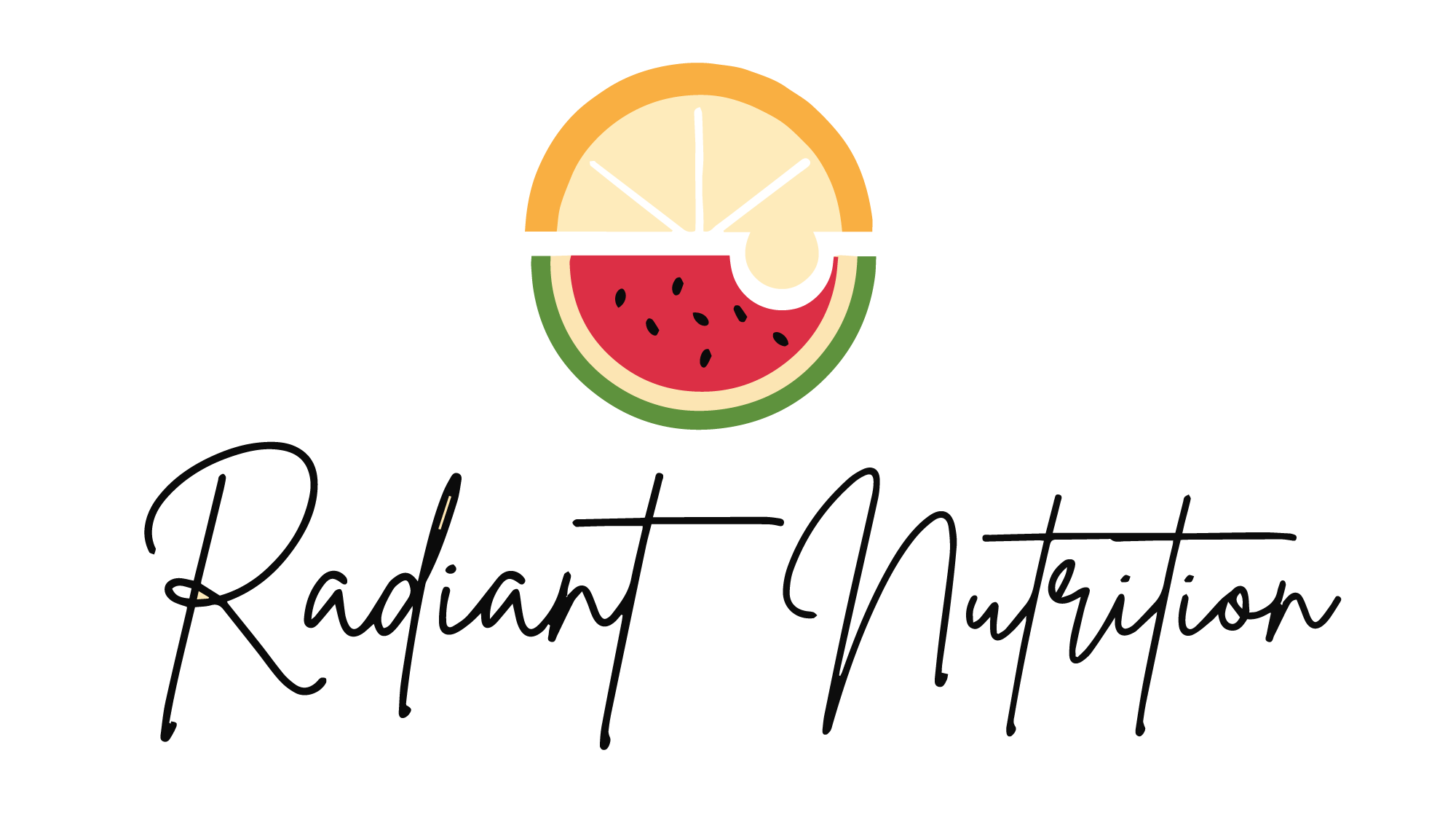Did You Know There Are 4 Types of PCOS?
I can’t tell you how many women I have seen over my lifetime who have been diagnosed with PCOS and told NOTHING about how to manage it! They’ve basically been given the pill or metformin and then sent out the door. That being said, since September isPCOS Awareness Month I wanted to share some things to get the conversation started. Non-classic Ovulatory PCOS:
Non-Classic Polycystic Ovary PCOS:
If fertility is a concern this type of PCOS can lower your egg quality so it is important to stay in contact with your health care provider. Protein is important to prioritize, but this does NOT mean lowering your intake of other food groups. Adequate nourishment is so important in the management of this type of PCOS.
Classic Polycystic Ovary PCOS:
This type of PCOS includes all three markers: hyperandrogenism, the presence of ovarian cysts, and inconsistent or absent ovulation oligo/anovulation. It’s helpful to focus on getting plenty of rest, eating enough, and exercising only when you feel you have plenty of energy!
Non-classic Mild PCOS:
This type of PCOS often coincides with another condition called Hypothalamic Amenorrhea (HA). It is important to note that you can have both at the same time, but make sure that you do, as treatment for this type of PCOS without HA will differ from treatment with HA. Whether you have just one or both, it is essential to eat enough and get plenty of rest in order to decrease inflammation and to help your body feel radiant. ;)
Classic Non-polycystic Ovary PCOS:
This type consists of hyperandrogenism and inconsistent or absent ovulation. Because it does not include ovarian cysts, many people do not think that it is a form of PCOS! However, this isn’t true. With this type of PCOS it is very important to eat enough for activity and to give yourself time to rest between workouts.
If you have been diagnosed with PCOS and need help learning how to manage YOUR specific symptoms go to our contact page and drop us a line!
—Peggy Pratt, PhD, RDN, LDN, CEDS

